Introduction
In today’s competitive market, the question of “Why is web design important for business & customer trust?” is more relevant than ever.
Your website often serves as the front door to your business, making web design not just an aesthetic choice but a critical business decision.
This first interaction can set the tone for customer experience, influencing perceptions, building trust, and ultimately determining the success of your business online.
Effective web design merges form and function to create a seamless, engaging user experience that conveys professionalism and credibility.
It’s about more than just looking good — it’s about making your visitors feel welcome, valued, and understood.
By prioritizing the user’s experience, businesses can not only capture attention but also foster a sense of trust from the very first click.
This article explores the nuanced role of web design in enhancing business performance, particularly through the lens of customer trust.
We will dissect how strategic design choices can lead not just to a visually appealing site but to a robust platform that supports business growth and customer loyalty.
Join us as we delve into why web design holds paramount importance in the business landscape today.
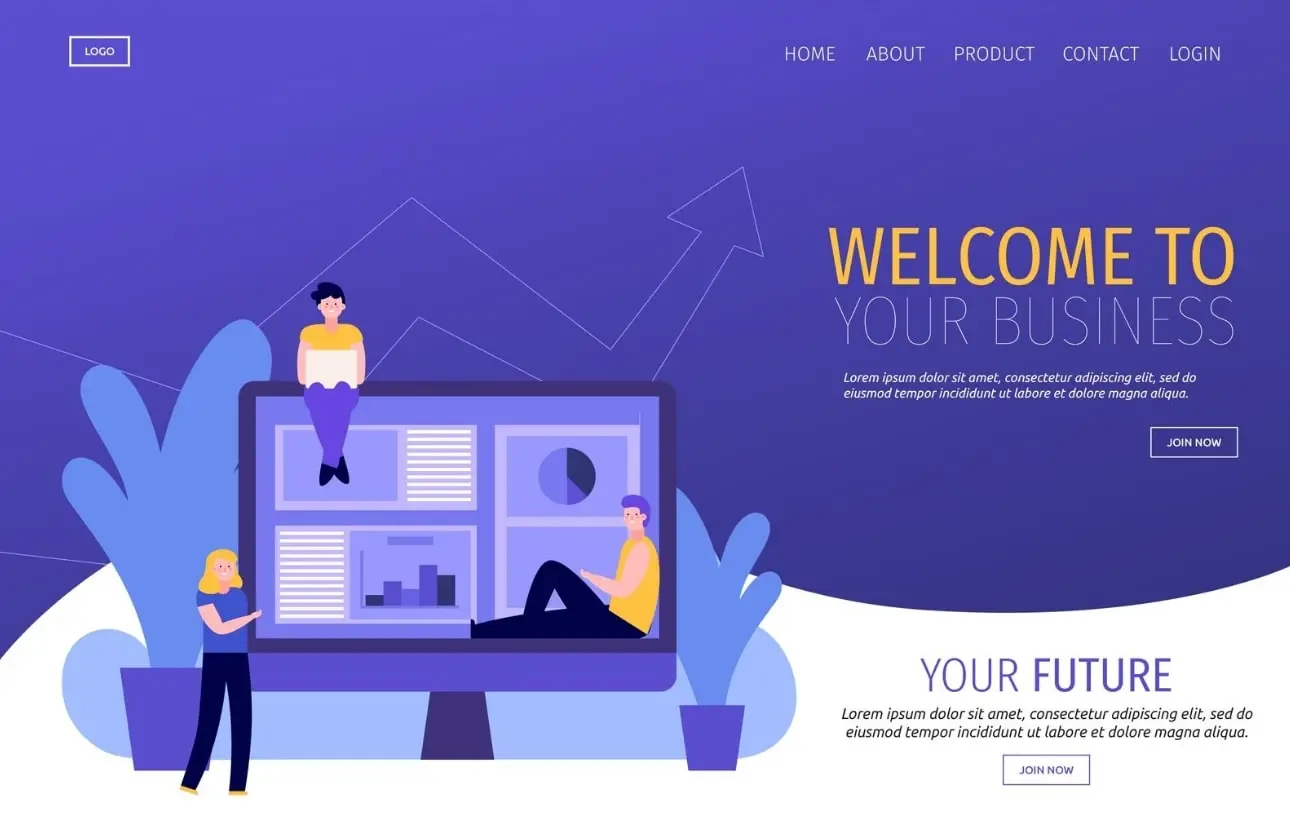
The Role of Web Design in Business Success
Web design plays a pivotal role in the success of any business operating in the digital market.
A well-built website acts as a multi-functional tool that not only represents your brand but also facilitates various business operations from marketing to sales to customer service.
Here, we explore how impactful web design can significantly enhance business performance through effective user engagement and solidifying a professional brand image.
First Impressions Matter
The adage that “you never get a second chance to make a first impression” holds especially true in the realm of web design.
Studies show that it takes just a few seconds for visitors to form an opinion about your site that can either prompt them to stay and engage with your content or leave and turn to a competitor.
High-quality graphics, a clean layout, and a professional look are essential components that contribute to a positive first impression.
Aesthetically pleasing and strategically designed websites are more likely to engage visitors, encouraging them to explore more deeply and interact with your brand.
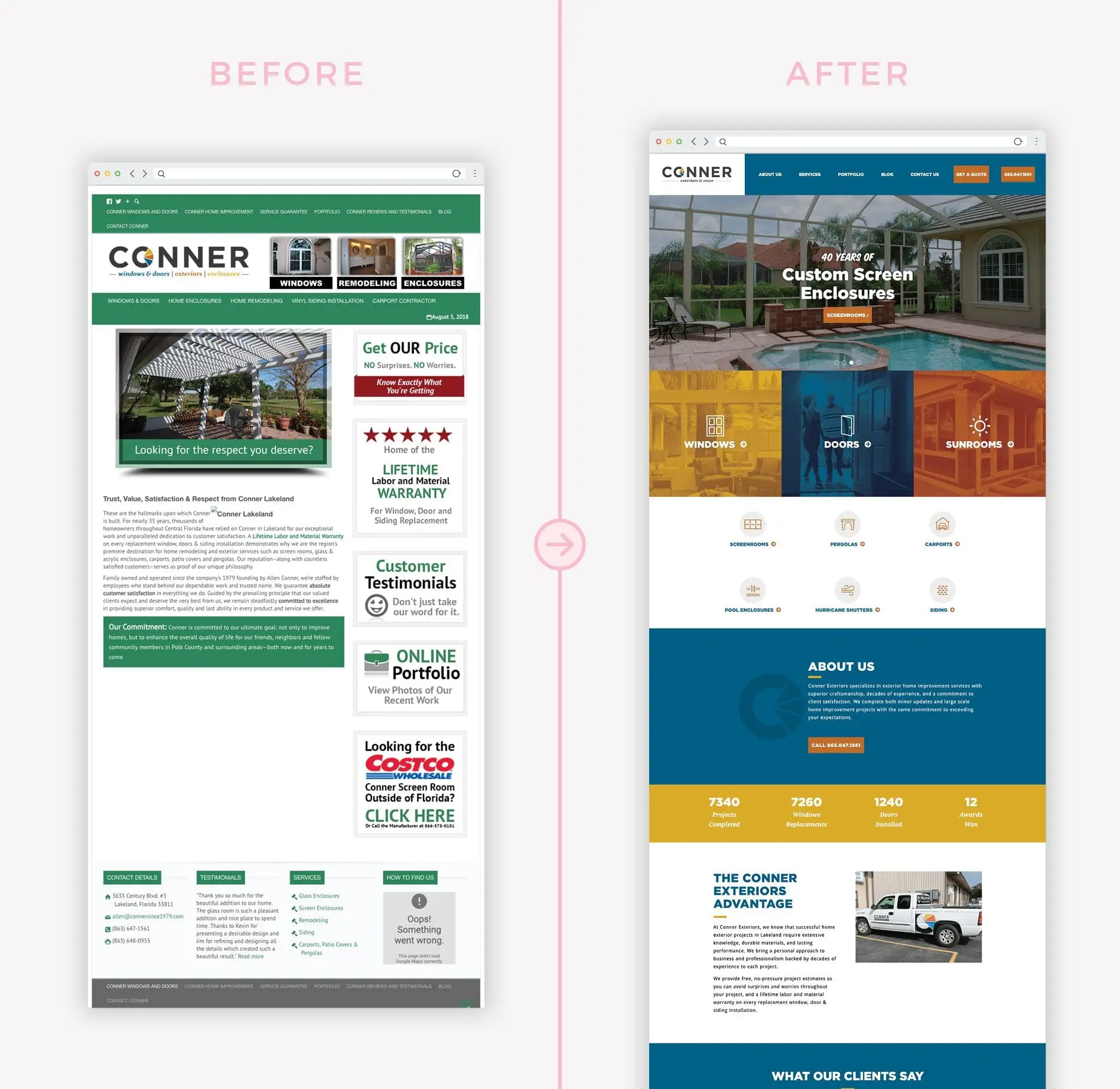
Navigation and User Experience (UX)
Navigation is a cornerstone of good web design. A website that is easy to navigate enhances user satisfaction and encourages longer visit durations, which are critical factors in the path to conversion.
Effective navigation should feel intuitive, making it easy for users to find what they are looking for without frustration.
A user-centric approach to web design helps ensure that your site is accessible to all users, including those with disabilities, thereby expanding your audience and potential customer base.
User Experience (UX) goes beyond simple usability. A great UX design creates an inviting and engaging environment that is aligned with users’ needs and your business objectives. It focuses on the journey that a user takes through your website, ensuring that this journey is as efficient and pleasant as possible.
By streamlining the user experience, businesses can significantly reduce bounce rates and increase the likelihood of conversions and repeat visits.
In sum, the role of web design in business success extends far beyond mere aesthetics. It is a critical business tool that can significantly improve how customers perceive and interact with your brand.
By focusing on both the visual appeal and functional aspects of your site, you can create a powerful online presence that supports your business goals and drives success.
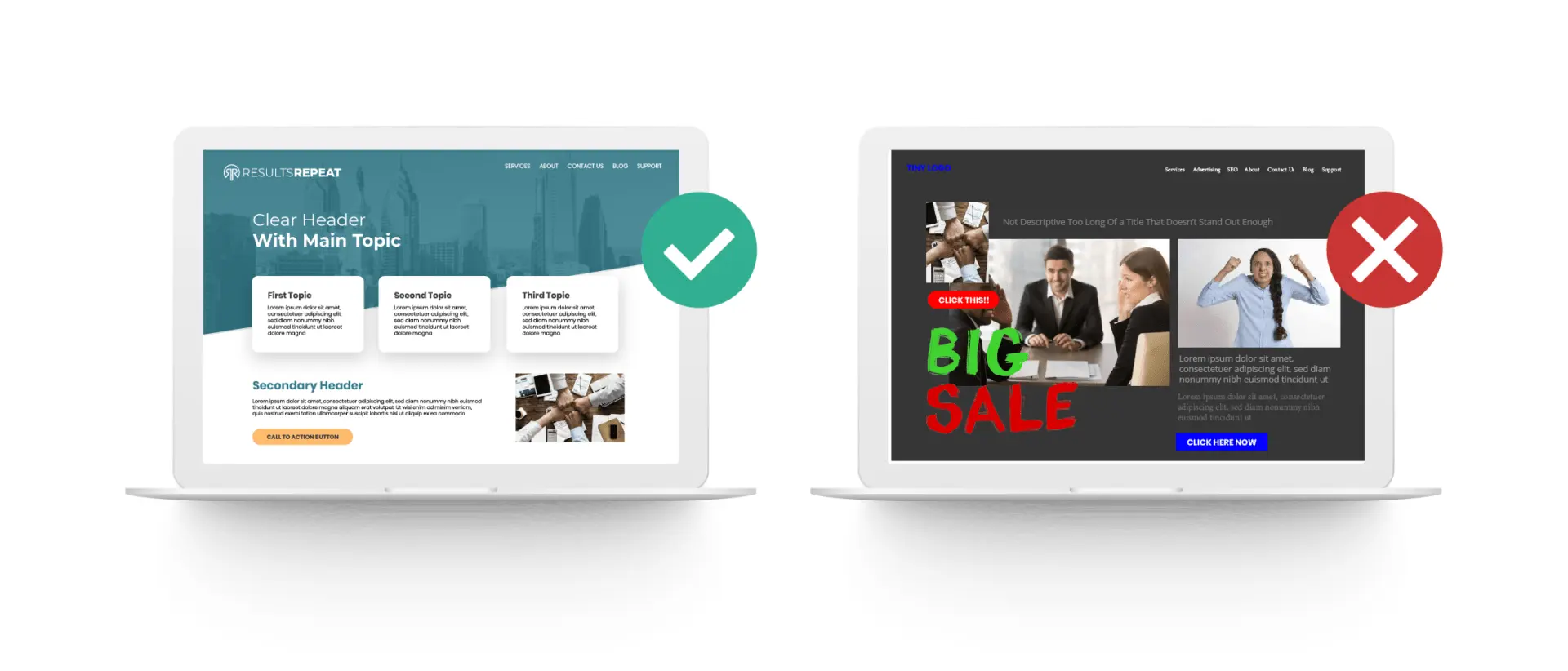
Building Customer Trust Through Web Design
Trust is a fundamental element of any successful business relationship, particularly in the digital world where personal interactions are limited.
Web design plays a crucial role in building this trust through professional aesthetics, user-friendly interfaces, and transparent information.
This section discusses how strategic design can enhance trust and credibility among your customers.

Consistency in Branding
Consistency is key when it comes to building trust through web design.
A consistent visual language across your website—from the color palette and typography to layout styles and imagery—reinforces your brand identity and fosters familiarity.
When customers see uniformity across your digital presence, it assures them of your professionalism and stability as a business.
This kind of consistency helps reduce confusion and builds a strong, trustworthy brand image that customers feel comfortable returning to.
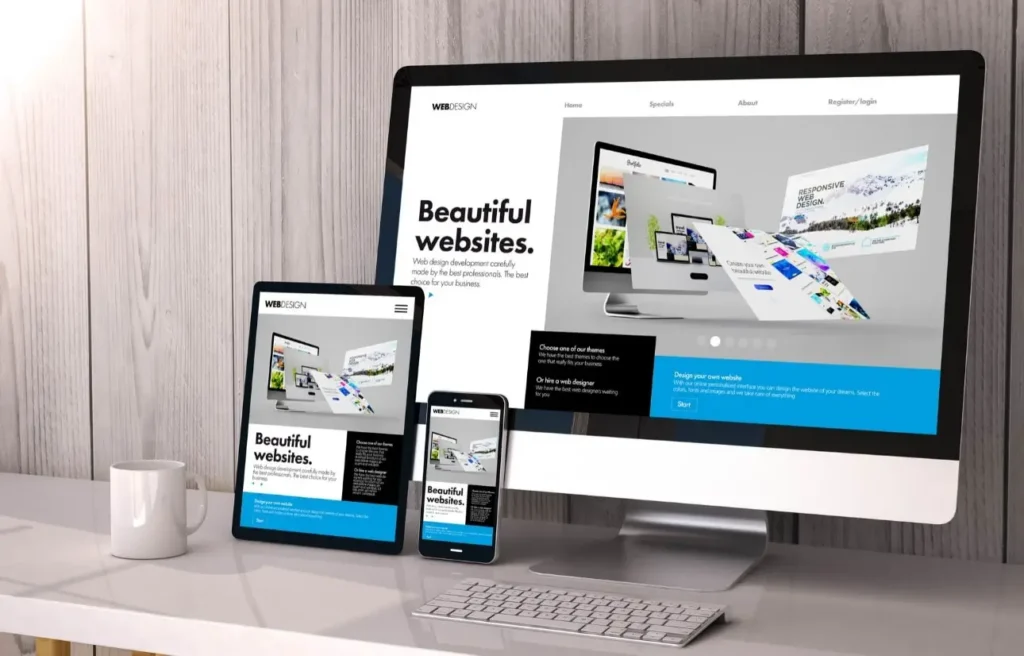
Transparency and User-Centric Design
Transparency in web design involves clear communication about your products, services, and business practices.
This includes having an accessible and easy-to-navigate “About Us” page, clear contact information, and straightforward service descriptions.
When information is readily available and easy to find, it diminishes customer doubts and builds trust.
A user-centric design prioritizes the needs and expectations of the user at every point.
This approach ensures that the website is accessible to everyone, including people with disabilities, and is navigable and understandable regardless of the user’s tech proficiency.
Incorporating elements such as an FAQ section, detailed product information, and customer testimonials can further enhance transparency and show potential customers that you value their experience and trust.
Secure and Reliable Website Functionality
Security is a non-negotiable aspect of trust-building in web design.
Ensuring that your website is secure, with up-to-date SSL certificates and compliance with privacy regulations (like GDPR), reassures users that their personal and payment information is safe.
Additionally, a website that loads quickly and functions smoothly without glitches underscores reliability and professionalism, contributing further to customer trust.
Engaging and Responsive Customer Service
Interactive elements such as live chat support, feedback forms, and customer service contact options also play a significant role in establishing trust.
They show that you are responsive to customer needs and are readily available to assist them.
This level of engagement not only improves user experience but also builds a rapport with customers, enhancing their trust in your brand.
Web design is a powerful tool in the arsenal of business tools aimed at building customer trust.
By combining aesthetics with functionality and transparency, businesses can create a trustworthy digital presence that engages and retains customers.
Web Design and Its Impact on Conversion Rates
A well-designed website does more than just attract visitors; it effectively converts them into customers.
Web design has a direct impact on conversion rates by influencing how users perceive and interact with your site.
This section explores how various design elements can be optimized to boost conversions, turning casual browsers into loyal customers.
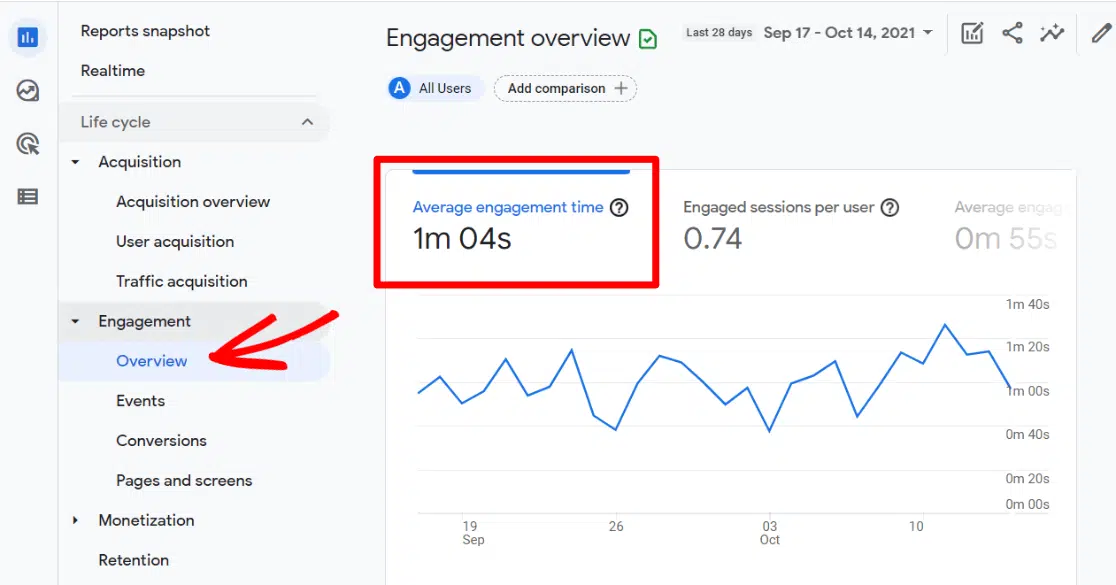
Design Elements that Convert
Certain design features are particularly effective at increasing conversion rates.
These include strategically placed call-to-action (CTA) buttons, the use of persuasive yet clear and concise copy, and the thoughtful integration of images and videos that complement and enhance the textual content.
CTAs that are visually distinctive and provide clear, action-oriented language can significantly increase user engagement and conversions.
The placement of these CTAs, alongside relevant content and at natural decision points in the navigation flow, can further optimize their effectiveness.
Color psychology also plays a crucial role in web design, influencing how users feel and react to certain visual elements.
Colors can evoke emotions that either accelerate or hinder conversions. For example, using a color like red for your CTA can evoke a sense of urgency, while blue can instill a sense of trust and security.
Mobile Optimization and Responsive Design
With an increasing number of users accessing websites from mobile devices, mobile optimization has become a cornerstone of effective web design.
A mobile-optimized site ensures that users have a seamless experience regardless of the device they are using, which is crucial for keeping potential customers engaged and willing to convert.
Responsive design adapts to the size of the screen on which the site is being displayed, ensuring that the site is equally usable on desktop computers, tablets, and smartphones.
This adaptability not only improves the user experience but also affects SEO rankings—positively impacting your site’s visibility and driving more traffic.
User Testing and Feedback for Optimization
Continuous user testing and feedback are vital for improving the design elements that affect conversion rates.
Techniques such as A/B testing different layouts, CTAs, and content styles help identify what works best for your audience.
Regularly updating your website based on user feedback and analytics ensures that the design remains effective at meeting user needs and driving conversions.
Speed and Performance Optimization
Website speed is another critical factor in conversion rates.
Users expect quick loading times, and delays can lead to frustration and increased bounce rates. Optimizing images, leveraging browser caching, and reducing server response times are all crucial steps in maintaining a swift, smooth web experience that encourages conversions.
Effective web design integrates both aesthetic appeal and functional precision to create a user experience that not only draws visitors in but also encourages them to take action.
By focusing on these key elements, businesses can create a website that not only looks good but also performs well in converting visitors into loyal customers.
Best Practices for Web Design That Builds Trust
Trust is not just a component of a strong relationship between businesses and customers; it’s often the foundation.
In the world of digital interactions, trust must be earned visually and functionally through thoughtful web design.
This section outlines the best practices in web design that are essential for building and maintaining customer trust.
Essential Design Principles
Simplicity: Keep the design clean and uncluttered. A simple layout can help users find what they need without frustration, enhancing their overall experience and perception of the brand.
Readability: Use fonts and colors that make the text easy to read. High contrast between text and background and a font size that accommodates a wide range of devices and user abilities are crucial.
Consistency: Ensure that all pages have a consistent layout, style, and navigation structure.
Consistency makes your site more predictable, easier to use, and more trustworthy.
Speed: Optimize your site to load quickly on all devices. Speed demonstrates respect for the user’s time and can significantly influence their trust and your site’s bounce rate.
Responsive and Accessible Design
Universal Design: Make sure your website is accessible to everyone, including people with disabilities. Use alt text for images, provide text transcripts for video content, and ensure navigation is possible with a keyboard alone.
Mobile Responsiveness: With mobile traffic increasingly dominating the web, having a responsive design that adapts to different screen sizes is critical. A responsive site not only provides a better user experience but also boosts trust by showing users that you care about their convenience.
Transparency
Honest Communication: Clearly state what your business does, the value it offers, and your pricing if applicable. Avoid hidden fees and fine print to maintain transparency.
Security Features: Display security badges and certificates like SSL to reassure users that their personal and payment information is secure when they make transactions on your site.
Engage with Multimedia
Use High-Quality Images and Videos: These elements should add value, not just aesthetics. They help explain your services or products better, showcase your team, or demonstrate your company’s involvement in community activities, all of which can enhance trust.
Interactive Elements: Tools like calculators, assessments, or interactive tours can engage users more deeply, giving them hands-on experience with your site and reinforcing trust through interactive content.
Continual Improvement and Feedback Integration
Regular Updates: Keep content fresh and the design up-to-date with the latest web standards. Regular updates signal to customers that you are active and dedicated to quality.
Customer Feedback: Implement mechanisms to collect and respond to user feedback. Showing that you value and act on customer input can greatly enhance trust.
Adhering to these best practices in web design can dramatically enhance customer trust.
By providing a secure, accessible, and user-friendly online environment, businesses can establish a strong digital presence that fosters long-term relationships with their audience.
Conclusion
Throughout this exploration of web design’s critical role in business success and customer trust, we’ve seen how strategic design choices significantly impact professional image, user engagement, and operational efficiency.
Effective web design not only enhances the user experience but also aligns with brand values and business goals, boosting customer perceptions and conversion rates.
The discussed case studies and real-world examples have clearly demonstrated the tangible improvements that thoughtful design can bring to business outcomes.
To fully leverage web design as a strategic asset, businesses must adhere to best practices like maintaining simplicity, ensuring content readability, providing responsive and accessible user experiences, and upholding transparency and security.
Continuously integrating user feedback and keeping up with the latest trends and technologies are also crucial for sustaining a competitive edge and building a trustworthy online presence.
In the digital world, your website often serves as the first and most influential point of contact with customers, making it a pivotal component of business success.
